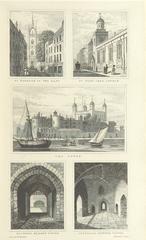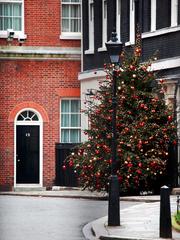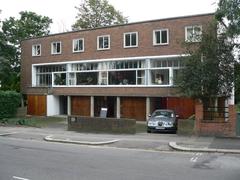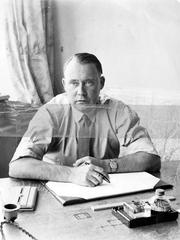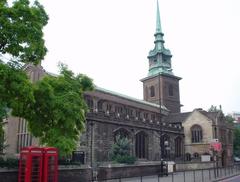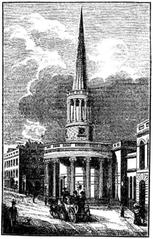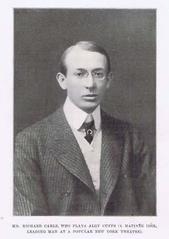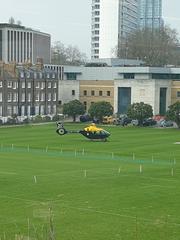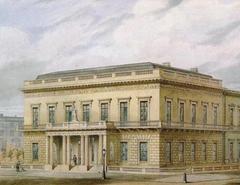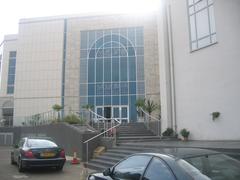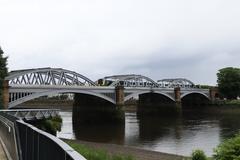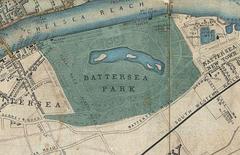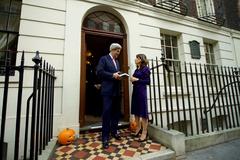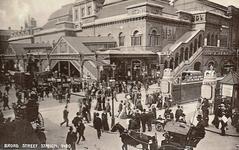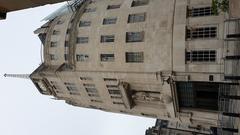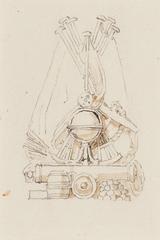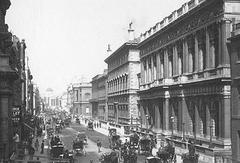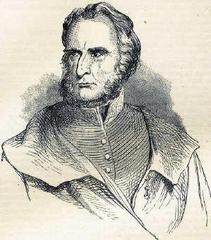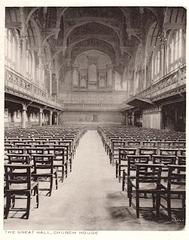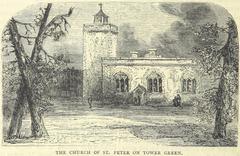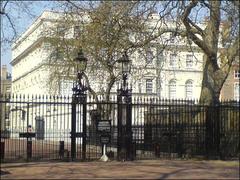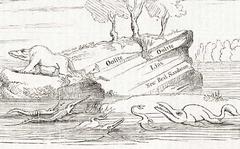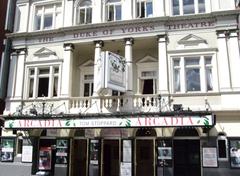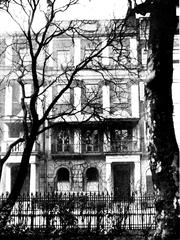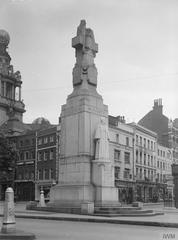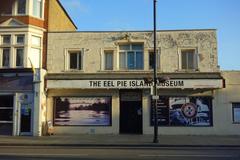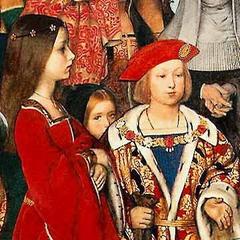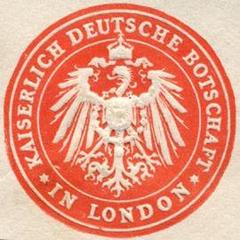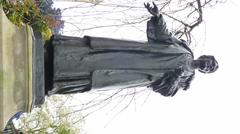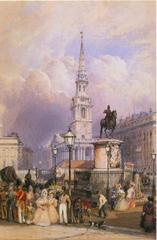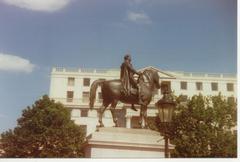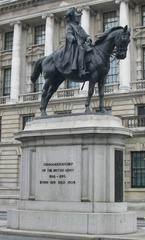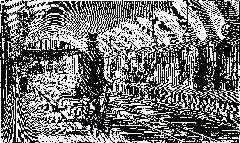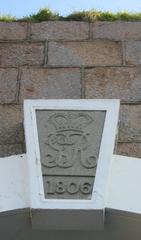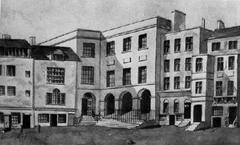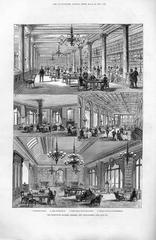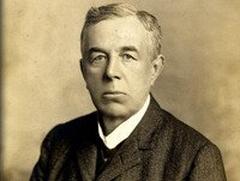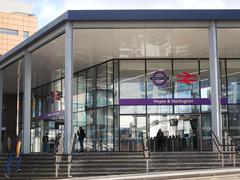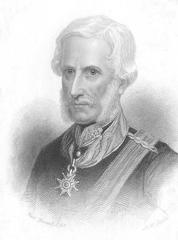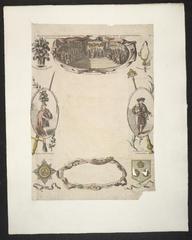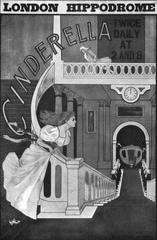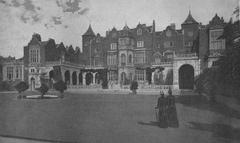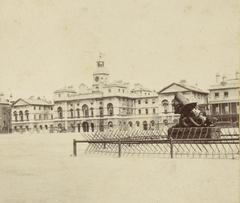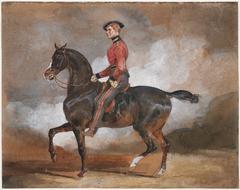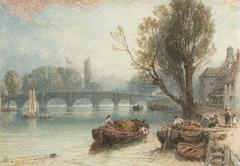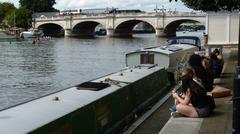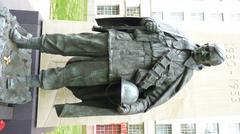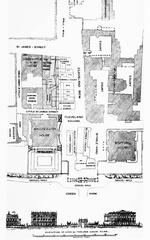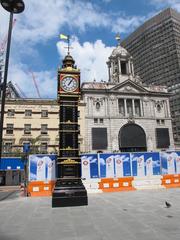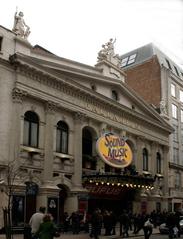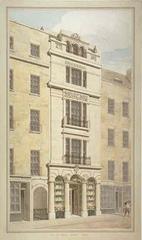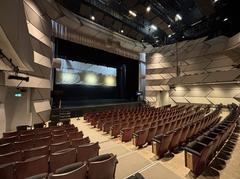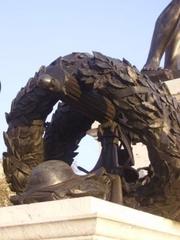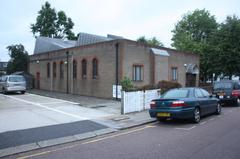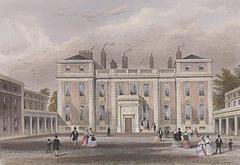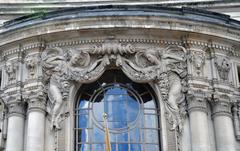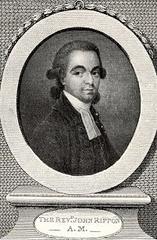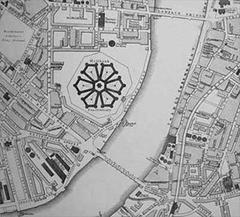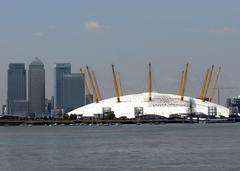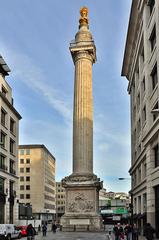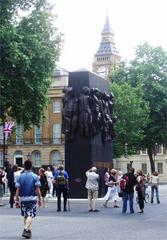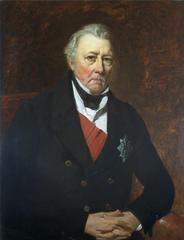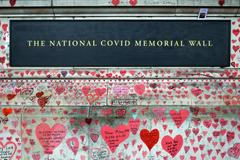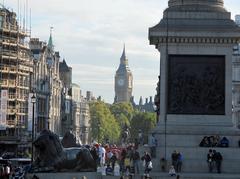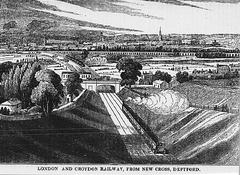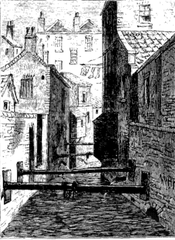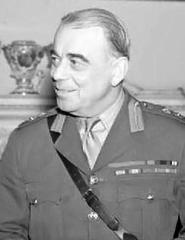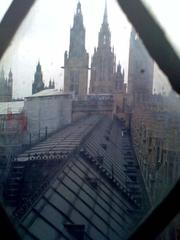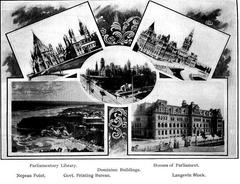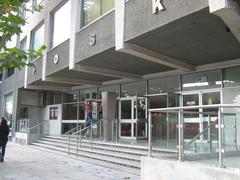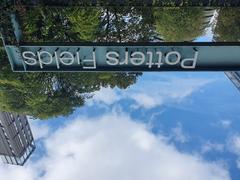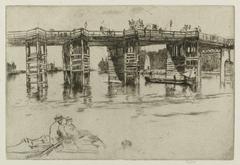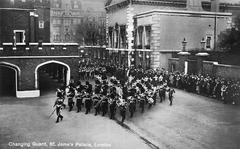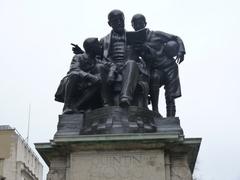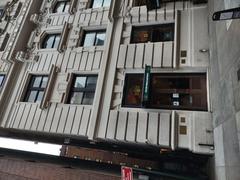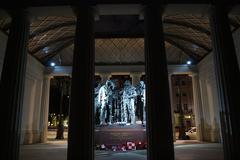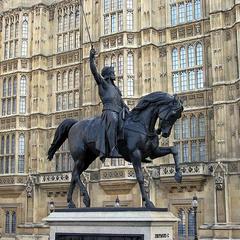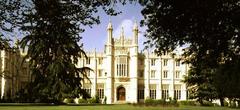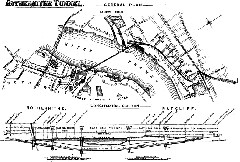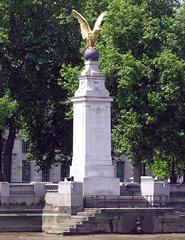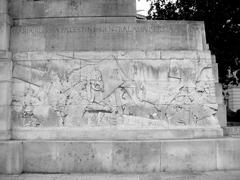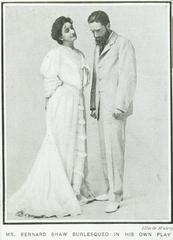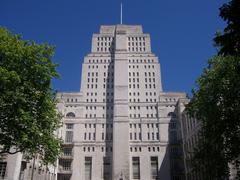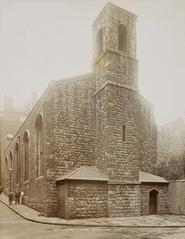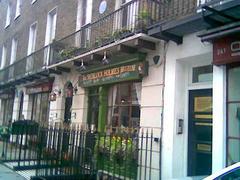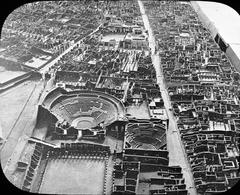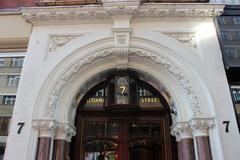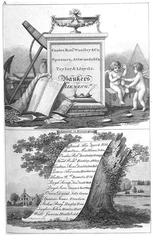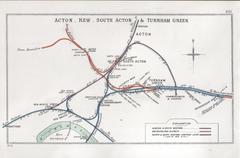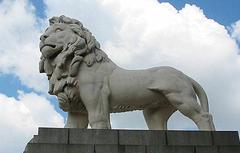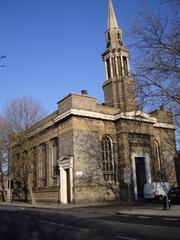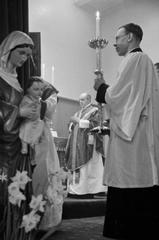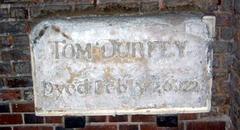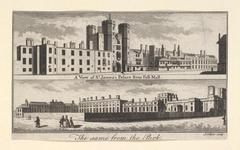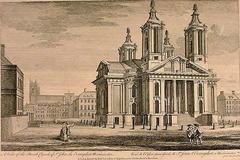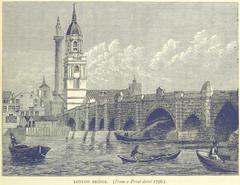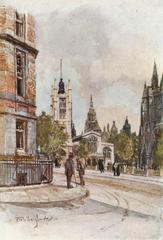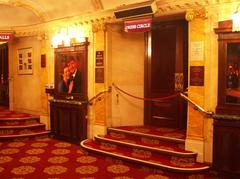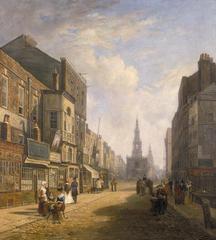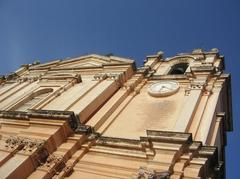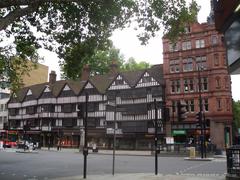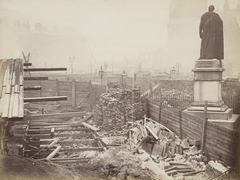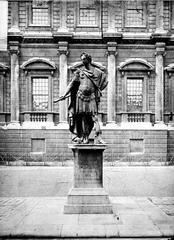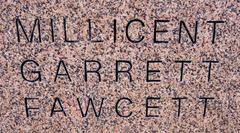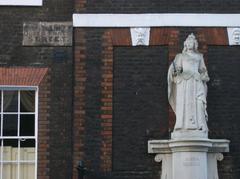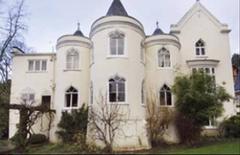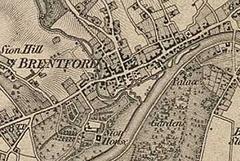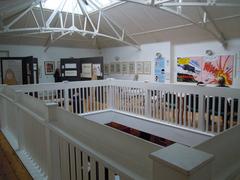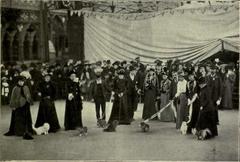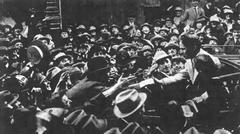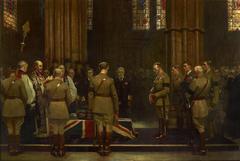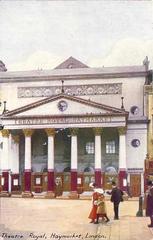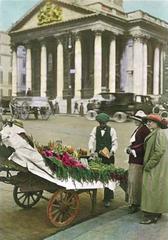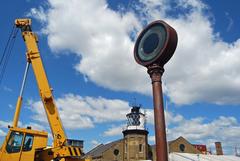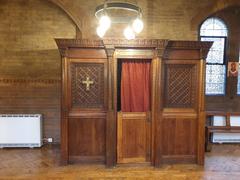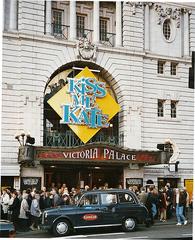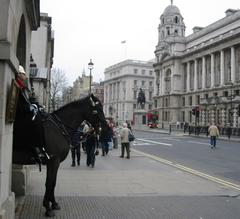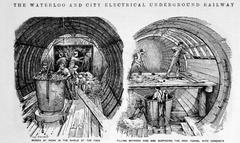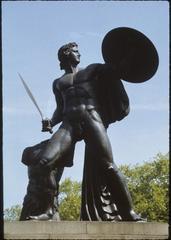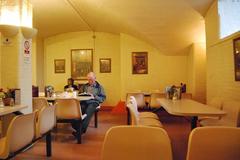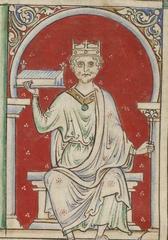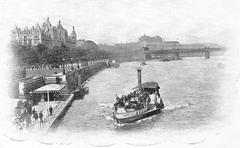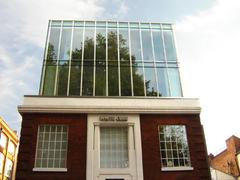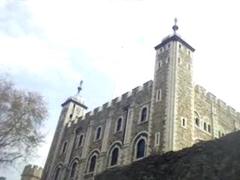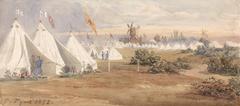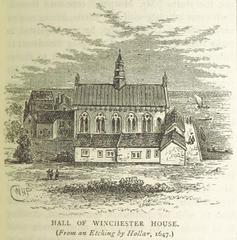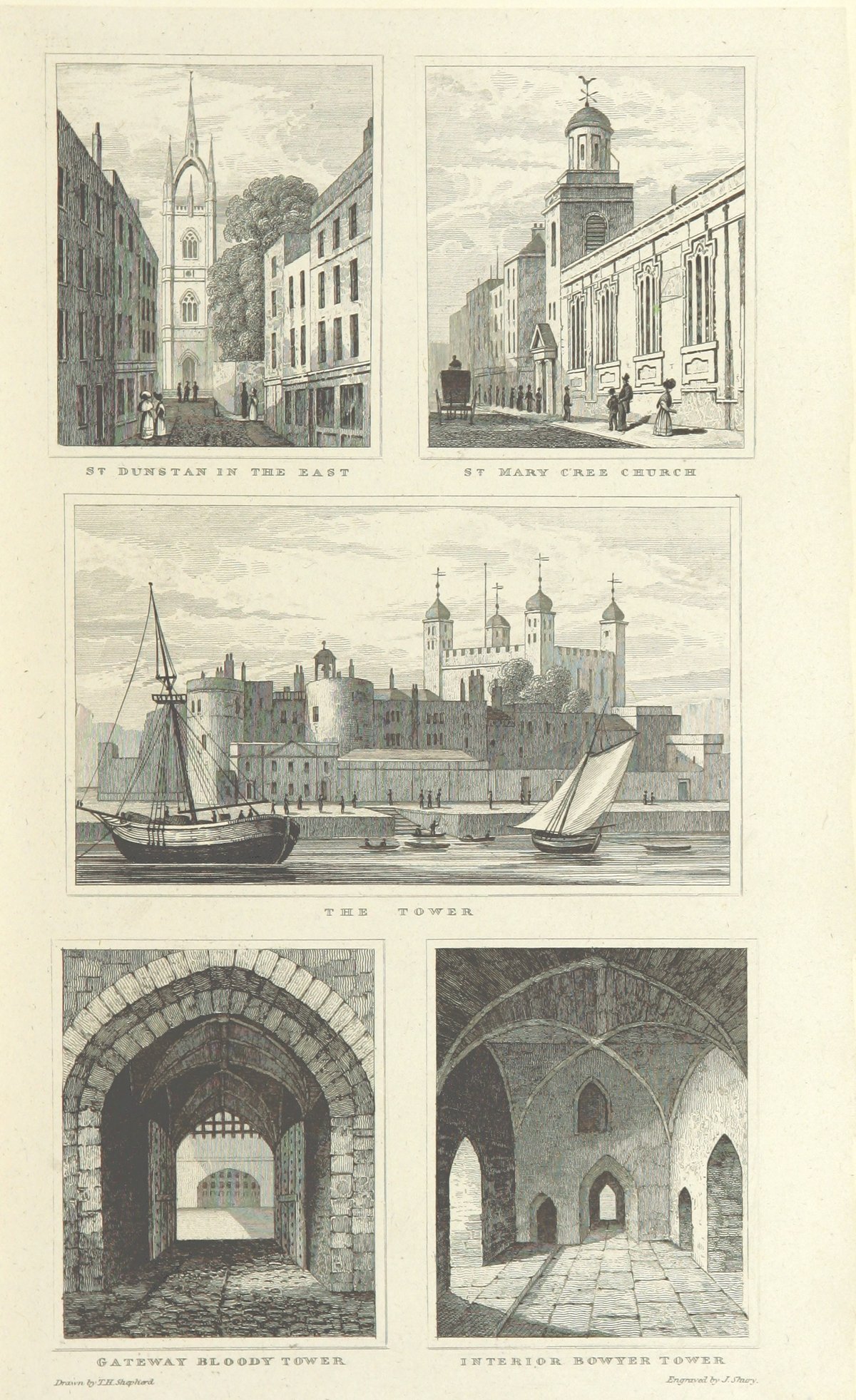
St Dunstan in the East Visiting Hours, Tickets, and Historical Information
Date: 18/07/2024
Introduction
St. Dunstan in the East is one of London’s most captivating hidden gems, blending history, architecture, and nature in a way that few other sites can. Situated between London Bridge and the Tower of London, this medieval church turned public garden has withstood the test of time, surviving the Great Fire of London in 1666, the Blitz during World War II, and numerous reconstructions and transformations. Originally constructed around 1100 and dedicated to St. Dunstan, a notable figure who was an Archbishop of Canterbury, the site has seen the ebb and flow of history (London Gardens Online) (Historic Royal Palaces).
Today, the ruins of St. Dunstan in the East, with its surviving tower designed by Sir Christopher Wren, stand as a testament to the resilience and adaptability of London itself, offering a peaceful retreat amidst the bustling cityscape. This comprehensive guide will take you through the rich history of St. Dunstan in the East, provide essential visitor information, and highlight nearby attractions to ensure you make the most of your visit.
Table of Contents
- Introduction
- Early Beginnings and Medieval Times
- Tudor Times and the Reformation
- The Great Fire, Wren’s Restoration, and Georgian Elegance
- Victorian London and the Dawn of the 20th Century
- The Blitz and Transformation into a Garden Oasis
- Visitor Information
- Nearby Attractions
- Special Events and Features
- Conclusion
- FAQ
Early Beginnings and Medieval Times
Pre-Norman Conquest
While the exact origins remain shrouded in the mists of time, the first church on this site likely existed before the Norman Conquest of 1066. Some sources suggest a church was founded here as early as the 10th century.
1100 - A New Church Rises
Around 1100, a new church dedicated to St. Dunstan was constructed. St. Dunstan, a 10th-century figure, was a skilled craftsman, musician, and Benedictine monk who rose to become the Archbishop of Canterbury and ultimately a saint. This medieval church served the parish for centuries.
The Medieval City
During the medieval period, St. Dunstan’s found itself nestled within a bustling port city. Its location, just a stone’s throw from the Tower of London and the thriving heart of commerce along the Thames, meant the church was an integral part of London’s social fabric.
Tudor Times and the Reformation
The Reformation’s Impact
The winds of change swept through England in the 16th century with the English Reformation. St. Dunstan’s, like many religious institutions, was impacted. It was seized from the Catholic Church and placed under the control of the Crown.
A Place of Prominence
Despite the upheaval, St. Dunstan’s remained a significant church. Notable figures like Sir Thomas More, the renowned lawyer, philosopher, and author, worshipped here. More, a devout Catholic and later Lord Chancellor to Henry VIII, would tragically be executed for refusing to acknowledge the king as the Supreme Head of the Church of England.
The Great Fire, Wren’s Restoration, and Georgian Elegance
1666 - The Great Fire Devastates London
In 1666, disaster struck. The Great Fire of London, a raging inferno that consumed much of the city, left St. Dunstan’s in ruins. The medieval structure was largely destroyed, leaving only its tower standing as a stark reminder of the devastation.
Sir Christopher Wren’s Vision
The task of rebuilding London fell to the brilliant architect Sir Christopher Wren. Wren, already renowned for his architectural prowess, took on the monumental project of restoring the city’s churches, including St. Dunstan’s.
A Blend of Old and New
Wren’s design for St. Dunstan’s was ingenious. He retained the existing medieval tower, a poignant symbol of resilience, and incorporated it into his new design. The tower, with its distinctive spire featuring four arched supports – a unique feature in England – became an iconic landmark.
1671 - A New Church Emerges
By 1671, Wren’s vision for St. Dunstan’s was realized. The new church, a harmonious blend of Gothic and Classical styles, stood as a testament to London’s ability to rise from the ashes.
Georgian Expansion and Refinement
The 18th century saw further changes. The surrounding churchyard was expanded, and elegant Georgian features were added to the church’s interior. St. Dunstan’s continued to serve as a vital spiritual center for a growing parish.
Victorian London and the Dawn of the 20th Century
A Changing Cityscape
The 19th century brought about significant transformations to London. The city’s rapid industrialization and population growth led to congestion and pollution. St. Dunstan’s, once surrounded by a spacious churchyard, found itself increasingly hemmed in by the encroaching city.
1890s - A Difficult Decision
By the late 1800s, the church’s location in the heart of the bustling financial district posed challenges. The once-large congregation had dwindled as residential areas moved further from the city center. The decision was made to combine the parish with that of St. Margaret Pattens, and St. Dunstan’s was deconsecrated in 1893.
The Blitz and Transformation into a Garden Oasis
1941 - The Blitz Takes Its Toll
During World War II, London endured the horrors of the Blitz. German bombing raids caused widespread destruction, and St. Dunstan’s was not spared. The church suffered significant damage, leaving it a poignant ruin.
A Garden Emerges from the Ruins
In a remarkable act of urban renewal, the City of London decided to transform the bombed-out shell of St. Dunstan’s into a public garden. This inspired decision breathed new life into the site, creating a tranquil oasis amidst the bustling city.
1971 - A Garden for All
St. Dunstan in the East officially opened as a public garden in 1971. The garden’s design incorporated the surviving walls and arches of Wren’s church, creating a unique and evocative space.
Visitor Information
Visiting Hours
St. Dunstan in the East Garden is open daily from dawn until dusk. There is no entrance fee, making it an accessible and affordable destination for all visitors.
Accessibility
The garden is wheelchair accessible, ensuring that everyone can enjoy its serene beauty.
How to Get There
The garden is located on St. Dunstan’s Hill, between London Bridge and the Tower of London. It is easily accessible via public transport, with the nearest Underground stations being Monument and Tower Hill.
Nearby Attractions
The Tower of London
A historic castle and former royal residence, now home to the Crown Jewels.
Tower Bridge
An iconic symbol of London, offering stunning views of the city.
The Shard
The tallest building in the UK, with an observation deck providing panoramic views of London.
Special Events and Features
Photography Spots
The garden’s unique blend of ruins and greenery makes it a popular spot for photographers.
Guided Tours
Occasionally, guided tours are offered, providing deeper insights into the history of St. Dunstan in the East and its surroundings.
Conclusion
Today, St. Dunstan in the East stands as a testament to London’s enduring spirit. It is a place where history and nature intertwine, offering a peaceful retreat from the city’s hustle and bustle. The site’s journey through time, marked by both destruction and renewal, serves as a powerful reminder of the city’s ability to adapt and evolve while cherishing its past. Whether you’re a history enthusiast, a photography lover, or simply seeking a tranquil spot in London, St. Dunstan in the East is a must-visit destination.
FAQ
- What are the visiting hours for St. Dunstan in the East? St. Dunstan in the East Garden is open daily from dawn until dusk.
- Is there an entrance fee for St. Dunstan in the East? No, there is no entrance fee.
- What are some nearby historical sites to visit in London? Nearby historical sites include the Tower of London, Tower Bridge, and The Shard.
Call to Action
Discover more hidden gems in London by downloading our mobile app Audiala. Follow us on social media for more updates and travel tips!
References
- London Gardens Online https://www.londongardensonline.org.uk/gardens-online/garden-details/274
- Historic Royal Palaces https://www.hrp.org.uk/the-monument/
- Atlas Obscura https://www.atlasobscura.com/places/st-dunstan-in-the-east
